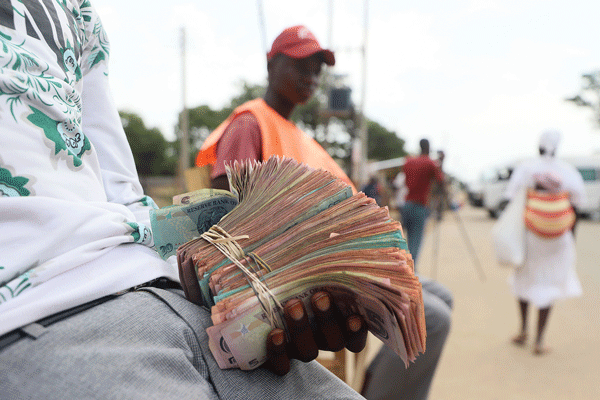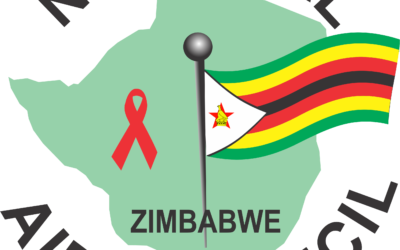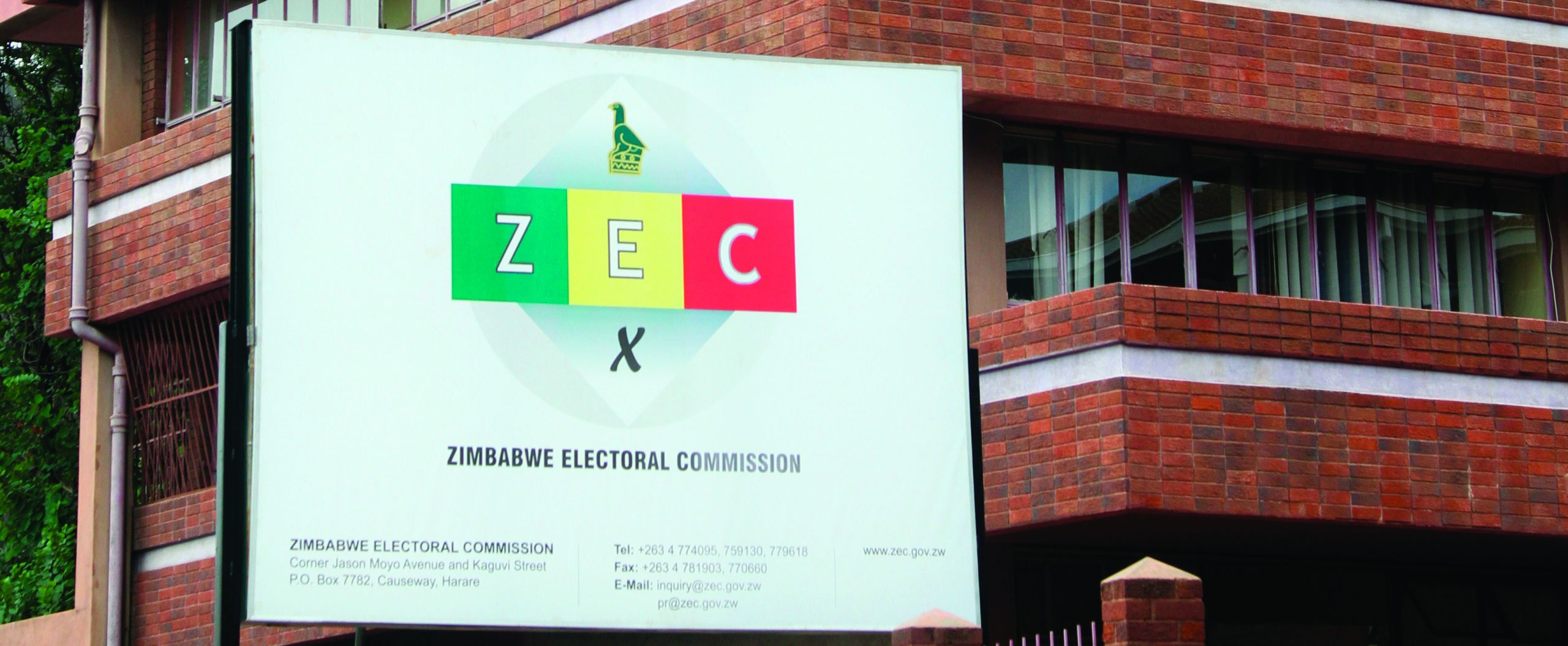
Some stock markets in the world are so well-known that you don’t need to be an investor to recognise the name. Whether it’s the Dow Jones, the FTSE 100 or the Tokyo Stock Exchange, investors from around the world will be familiar with what they represent.
However, many people don’t realise that there are scores of smaller stock exchanges globally; only a small proportion of countries don’t have an exchange. Although the big players dwarf these stock markets, many have aspirations to grow a presence on the world stage.
As Africa’s second-oldest stock market, the Zimbabwe Stock Exchange (ZSE) has fierce ambitions. Here’s a closer look at how the ZSE works and what you need to invest.
The History of the ZSE
The Zimbabwe Stock Exchange (ZSE) is Zimbabwe’s official stock exchange and has a long history dating back to 1896. It may seem surprising that such a historical exchange is not more established with global investors, but the history of the ZSE is more complex than others.
Although it originally opened in 1896, the stock exchange in Zimbabwe ran into difficulties, partially related to the shortage of mining deposits locally. This led to the closure in 1924.In 1946 a second exchange was opened, which became officially known as the Rhodesia Stock Exchange. When Zimbabwe achieved independence in 1980, the title of the stock exchange was changed to the Zimbabwe Stock Exchange (ZSE).
But although the stock exchange was open and operational, investing in ZSE and FTSE 100 were very different. Until 1993 no foreign investment was permitted in the ZSE, heavily limiting its exposure and potential for success.
Foreign investment is now permitted, but the economic and political difficulties in Zimbabwe have hampered progress.
- Chamisa under fire over US$120K donation
- Mavhunga puts DeMbare into Chibuku quarterfinals
- Pension funds bet on Cabora Bassa oilfields
- Councils defy govt fire tender directive
Keep Reading
With the Zimbabwean dollar rocked by hyperinflation and rendered worthless, the US dollar was adopted in 2009 as the official currency for the market. In 2019, Zimbabwe temporarily blocked the use of the US dollar once more, insisting that all transactions were carried out using the RTGS Dollar, otherwise known as the zimdollar. But with problems over inflation once again causing issues for the currency. The rules were relaxed in March 2020, once again allowing US dollars to be used for trading.
Investing in the ZSE
Africa is a continent that has been exciting investors because of the potential for tremendous growth. Unlike Europe, Asia and the US, there remains investment opportunities in Africa that have not been fully explored.
More recently, Africa has been enjoying unprecedented economic growth, which has reignited interest in areas such as the ZSE. With financial investment allowed in the ZSE once more, many investors feel that it’s a stock exchange that has yet to realise its total value.Any authorised stockbroker can transact with the ZSE, using their platform to provide investors with the usual access. Buying and selling prices move in the same way as more established markets, and it operates on Central Africa Time (GMT +02:00).
There are 63 securities listed on the ZSE, and the market is regulated by the Securities and Exchange Commission of Zimbabwe. There are two main indices, the ZSE All-Share and the ZSE Top 10 plus sector-specific indices. The Victoria Falls Stock Exchange was established in 2020 as a subsidiary of the ZSE, designed for the special economic zone of Victoria Falls.










